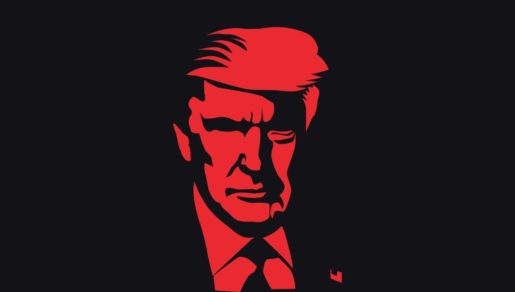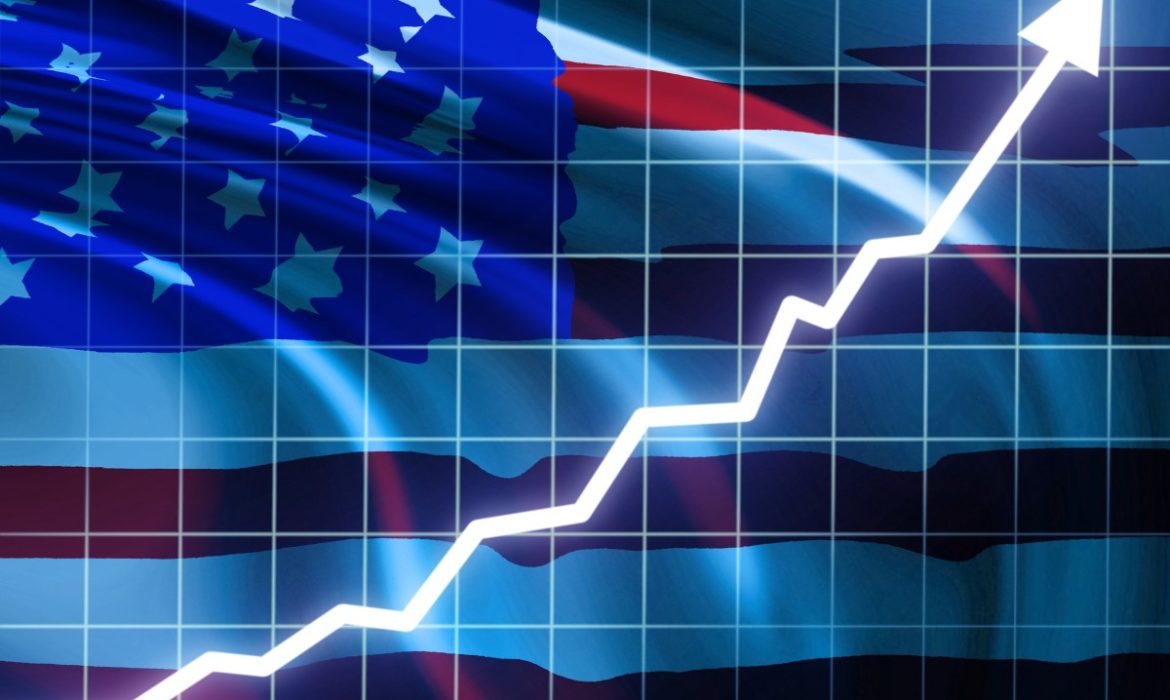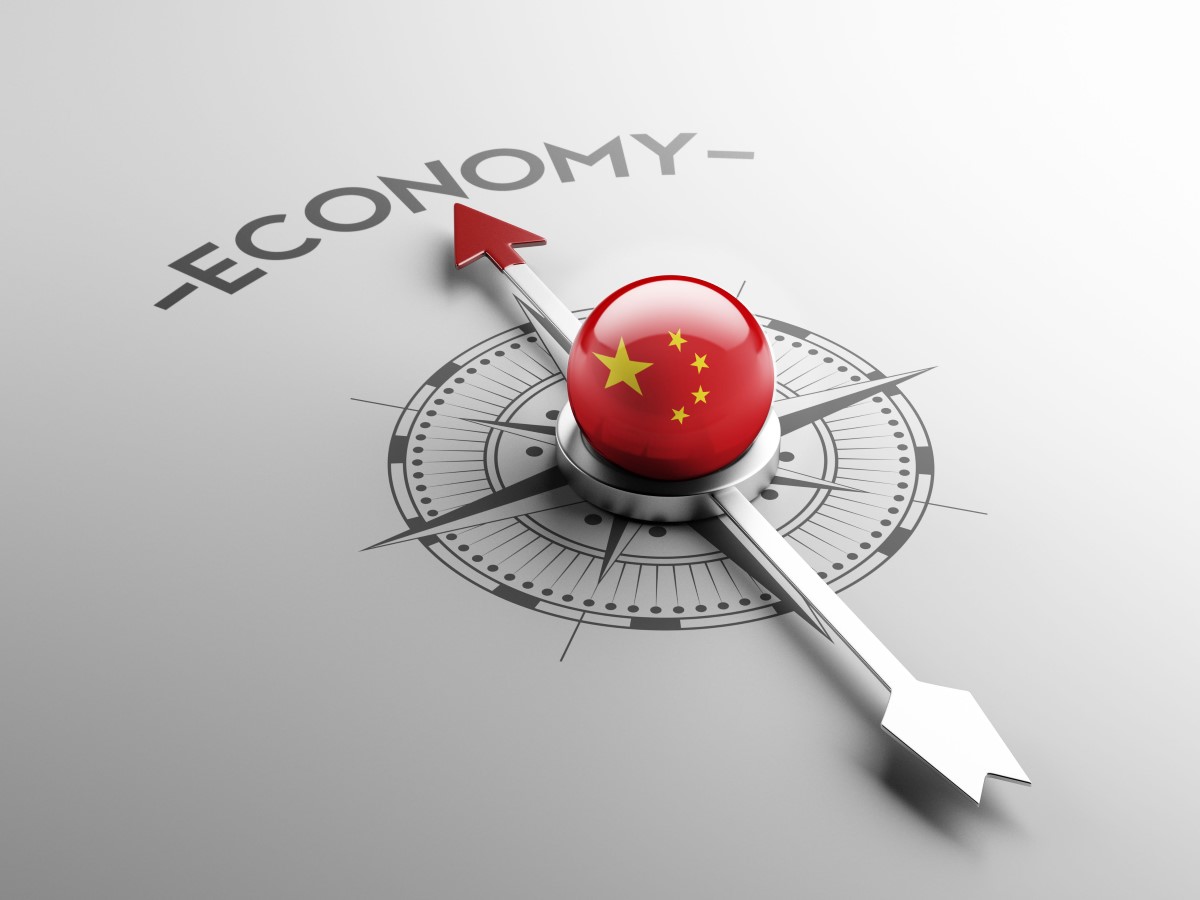Like so many other nights of his presidency, last night, the United States Donald Trump touted the economy’s prowess. During his State of the Union address, he said that three years ago, they launched the American comeback. Trump said that night that he stood before others to share the incredible results. He announced that the years of economic decay are over. Moreover, the United States President claims that the economy is in the best place it has ever been. He claims it is happening thanks to Republicans.
Trump is engaging in a bipartisan and hallowed American political tradition, in taking credit for a financial upswing. In reality, the White House has far less control over the economy than is generally assumed. Trump enacted economic legislation called the 2017 Tax Cuts and Jobs Act (TCJA). Nevertheless, it has not provided anything like the commercial rocket fuel that the White House of Republicans’ promised. Notably, not for blue-collar workers in the heartland.
The country’s growth performance is not extraordinary or unusual, contrary to Trump’s crowing at the State of the Union. Recently the report of the Bureau of Economic Analysis showed that the economy is expanding at a 2.1 percent annual rate. It is not a bad indicator of a developed economy this late in the business cycle. Nevertheless, it’s roughly half of the 4 percent rate which the administration promised. Robust corporate earnings, decent wage growth, a booming stock market, and the low unemployment rate – those are all artifacts of a long expansion. Nevertheless, those are not the desirable signs from a very stable genius in the White House.
Trump Didn’t Matter in the Economic Growth
The economy has pretty much on the same growth path it has taken for the past decade. Around the time of the 2016 election or the passage of late-2017 of the TCJA, there is no inflection point or an inflection point at all. Growth has been strolling along at 2.5 percent a year, more or less. Nevertheless, the unemployment rate has been falling consistently. All in all, not much has changed.

Sometimes presidents are responsible for the significant adverse economic shocks. A good example is when the White House helped trigger a banking panic in the mid-1830s. Another example is when, in the 1970s, President Richard Nixon implemented price controls. When the economy was free to fall, their choices mattered tremendously. The White House of Obama helped avert a second Great Depression but still undershot the stimulus by a 13-digit number.
Nevertheless, when the economy is growing, presidents tend not to matter much in the near-term. Moreover, they do not control monetary policy. They have partial control over fiscal policy. Usually, policy changes take years, if not decades. They have to wend their way into the corporate sheets of balance and decisions of local investment and pocketbooks of families.
In some strange way, the Tax Cuts and Jobs Act is proof of that fact. There was sweeping, trillion-dollar legislation of piece. Nevertheless, it did not manage to alter investment or employment trends much in the past few years.
So, it’s a rational argument to say that the positive economic indicators are not Trump’s party’s “fault.”













